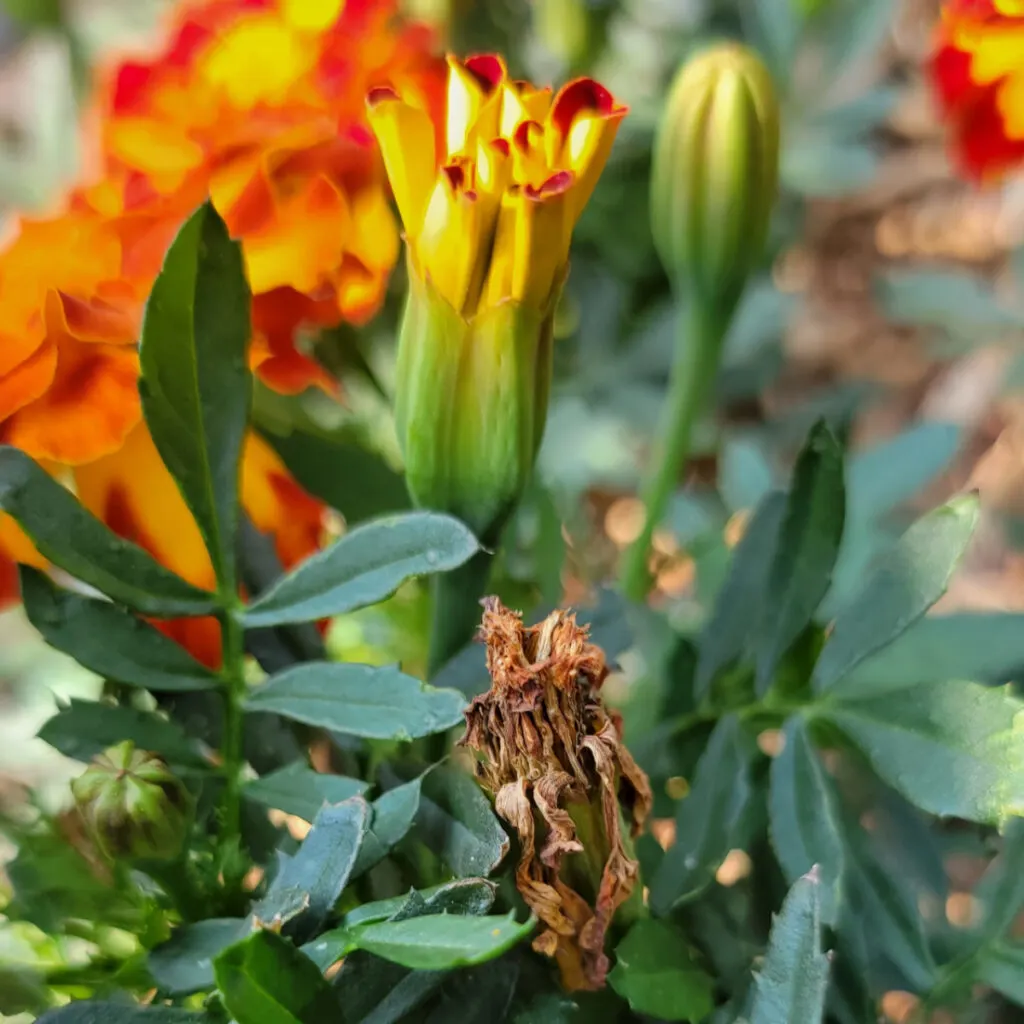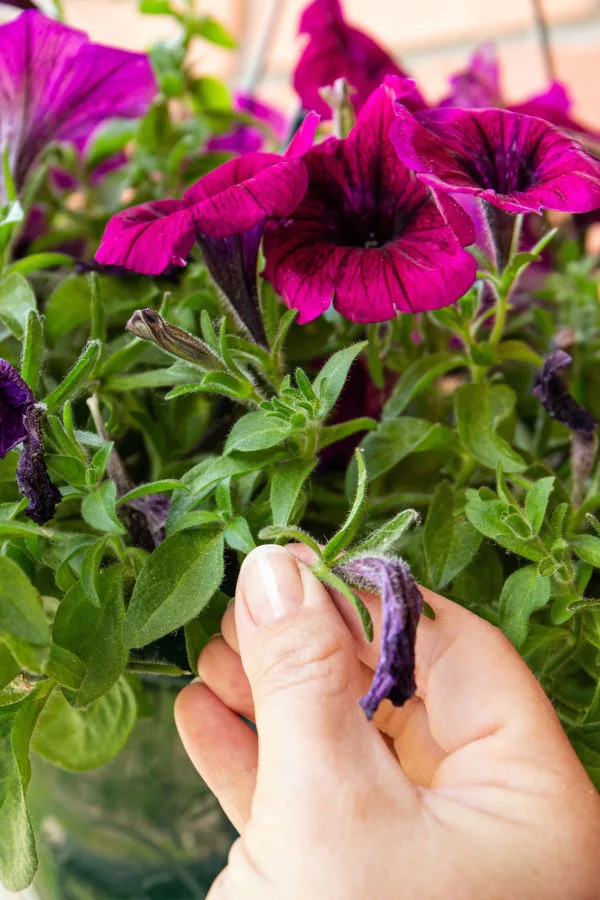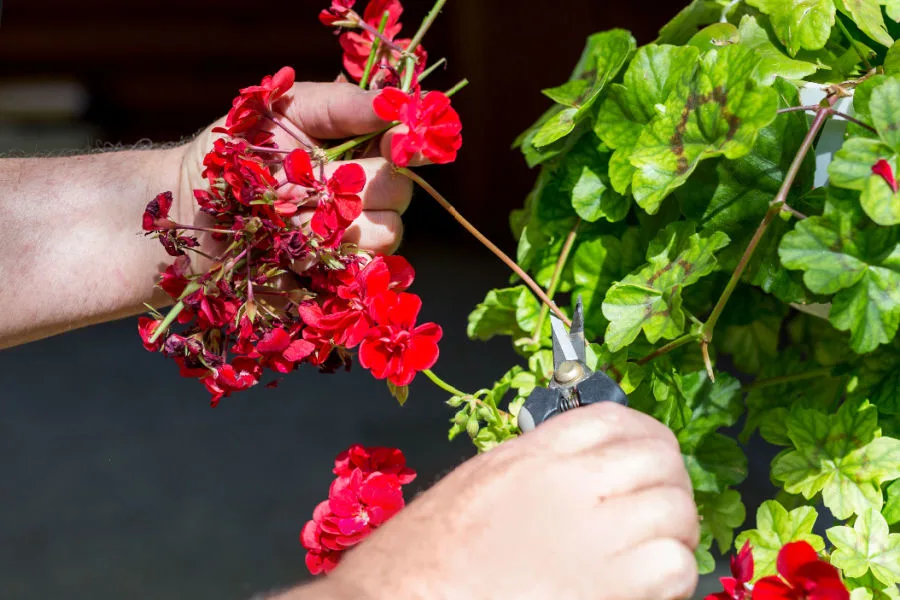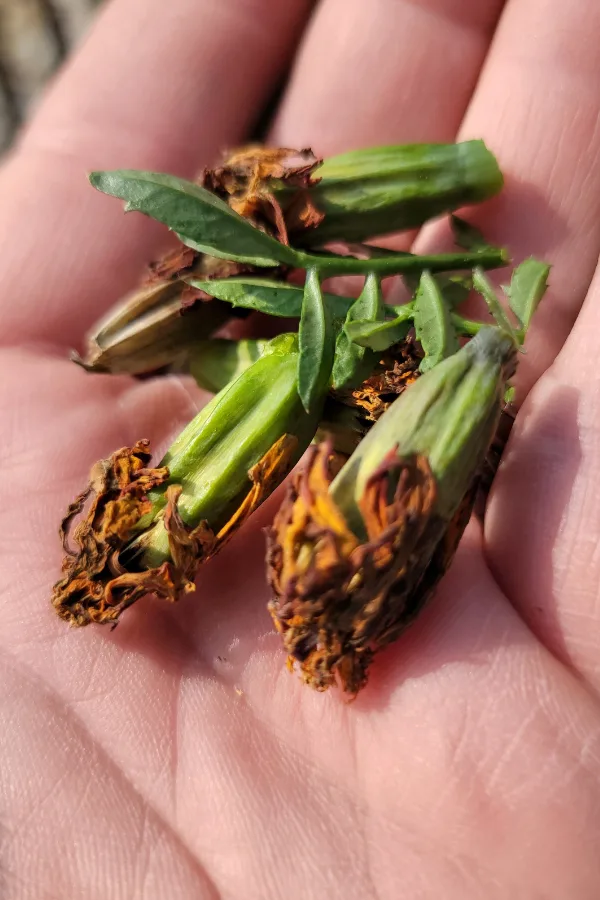One of the biggest secrets to keeping marigolds, petunias, geraniums and all kinds of other gorgeous flowering annuals blooming big, bright and strong all summer long is to deadhead the fading flowers from your annual plants on a regular basis.
Although watering and fertilizing annual plants on a consistent basis certainly plays a crucial role in their overall success, so too does removing a plant’s dying flowers. Especially when it comes to how often and how many blooms they produce!
Deadheading is the practice of removing spent or dying flowers from a plant. And when it comes to annuals, not only can it help your plants bloom more often and with more vigor – it can also help to keep them far healthier as well.

Why Deadheading Is Important – How To Deadhead Annual Flowers
Why does deadheading play such a pivotal role for annual flowers? For starters, to produce strong foliage and flower sets, annual plants need and use a tremendous amount of energy.
Unlike perennial plants that grow at a much slower overall pace and may only flower for a few weeks, annuals grow to their full size in a single growing season. And not only that, they also produce flowers at a continual pace – all of which burn up a lot of nutrients in short order!
To form buds and eventually bloom, the plant continually sends a stream of energy to help the flower unfurl. Unfortunately, even as the flower finally begins to fade, the plant continues to pump power to it.
Instead of stopping the flow of nutrients to a bloom after it opens, a plant will keep on sending energy to it in an attempt to keep the bloom healthy. In fact, it will often waste even more trying to heal and repair the dying bloom than originally creating it! And until that bloom is removed or eventually dies and falls off, it will keep on doing so.

Helping Your Plants Save Energy – How To Deadhead Annual Flowers
For healthy annuals like marigolds, impatiens or petunias, there can be hundreds of blooms on a plant at once. And if those blooms all stay on the plant as they fade, the plant wastes tremendous power on trying to maintain them.
So much so that it will produce fewer new blooms – even if you are fertilizing to provide more nutrients. Annuals do indeed need additional fertilizer, however they can use it better when old flowers are removed. See: The Best Way To Fertilize Annuals In Hanging Baskets & Containers
By simply removing fading flowers on a regular basis, you refocus the plant’s energy solely on powering new blooms. And that refocusing happens fast! In fact, a tired plant full of old blooms can be setting a flush of new blooms in mere days after deadheading!
The best part of all when it comes to deadheading is just how easy it is to perform. For many annuals, it is as simple as pinching off the blooms with your fingers. For others with longer stems, a quick snip with scissors can do the trick in seconds.
With that ease in mind – here is a detailed look at when and how to deadhead your annuals for bigger and better blooming!
How To Deadhead Annual Flowers
The key to deadheading annuals successfully is consistency. It is important not to allow your annuals to become full of old blooms. Start early in the season and continue right up til fall. By simply removing spent blooms a few times each week, you can keep a steady flow of new blooms forming on your plants for continual color all season long.
Listen In To Our Podcast Below On How To Deadhead For Even More Great Info!
The Ease of Deadheading Annual Flowers
Deadheading annual flowers really is a simple and quick task to perform. A large majority of annual flowering plants have blooms that are quite delicate, making them easy to remove with just your fingers.
Petunias, pansies and impatiens are all great examples of annuals that produce flowers on soft buds with little stems. To deadhead these plants, you can simply lightly pinch or even pull the bloom stem away from the plant without trouble. When doing this, make sure to remove the hard seed pod ball right behind the flower.
For flowering annuals with a bit thicker bloom head such as marigolds, it is usually easier to pinch the bloom off. Simply take your fingers right behind the end of the flower stem and pinch. This usually will result in the old bloom snapping or popping off in an instant.
For annuals that produce flowers on longer stems, you can either pinch off the stem or cut it back with a sharp pair of scissors or hand pruners. Cutting these is usually the better and easier option for most gardeners.
Geraniums, cosmos and zinnias are all great examples of long stem annuals. With these annuals, it is important to cut the stem back as far as you can to the base of the plant. Not only does it keep the plant looking better, it also stops any and all energy loss immediately.

Leave Those Old Blooms Out Of The Compost Pile!
Although you may be tempted to throw all of those spent blooms in your compost pile, it’s actually better to leave them out. Nearly all annual flowers contain seed heads, and those seed heads can become a sprouting nightmare.
Annuals such as marigolds can contain hundreds of seeds in the spent bloom. Unfortunately, most home compost piles do not get hot enough to kill those seeds. The result can be hundreds of volunteer plants wherever you use your compost!
Pruning Back Annuals In Mid To Late Summer – How To Deadhead Annual Flowers
Finally, sometimes, even with regular deadheading, annuals become a bit overgrown and untidy. At this point, it is usually best to trim back the entire plant a bit to force a new flush of foliage and blooms.
For this “major” deadheading and pruning, a good pair of hedge shears can make the process easy. Simply trim back the entire annual an inch or two to remove all blooms and scraggly foliage at the tip of the plant. Do not cut back all the way to the base – just a light shape and trim.

After trimming, it’s also a great time to give the plant a boost with a dose of liquid fertilizer. You will be amazed at how quickly the plant bounces back with new foliage and blooms! This little trick can really rejuvenate annuals in mid to late summer for color into deep fall. Affiliate Product Link : Liquid Bloom Booster
Here is to deadheading your annual flowers this summer – and to keeping your annuals blooming big! Happy Gardening – Jim and Mary.
Jim and Mary Competti have been writing gardening, DIY and recipe articles and books for over 15 years from their 46 acre Ohio farm. The two are frequent speakers on all things gardening and love to travel in their spare time.
As always, feel free to email us at thefarm@owgarden.com with comments, questions, or to simply say hello! You can sign up for our free email list in the subscribe now box in the middle of this article. Follow us on Facebook here : OWG Facebook. This article may contain affiliate links.
